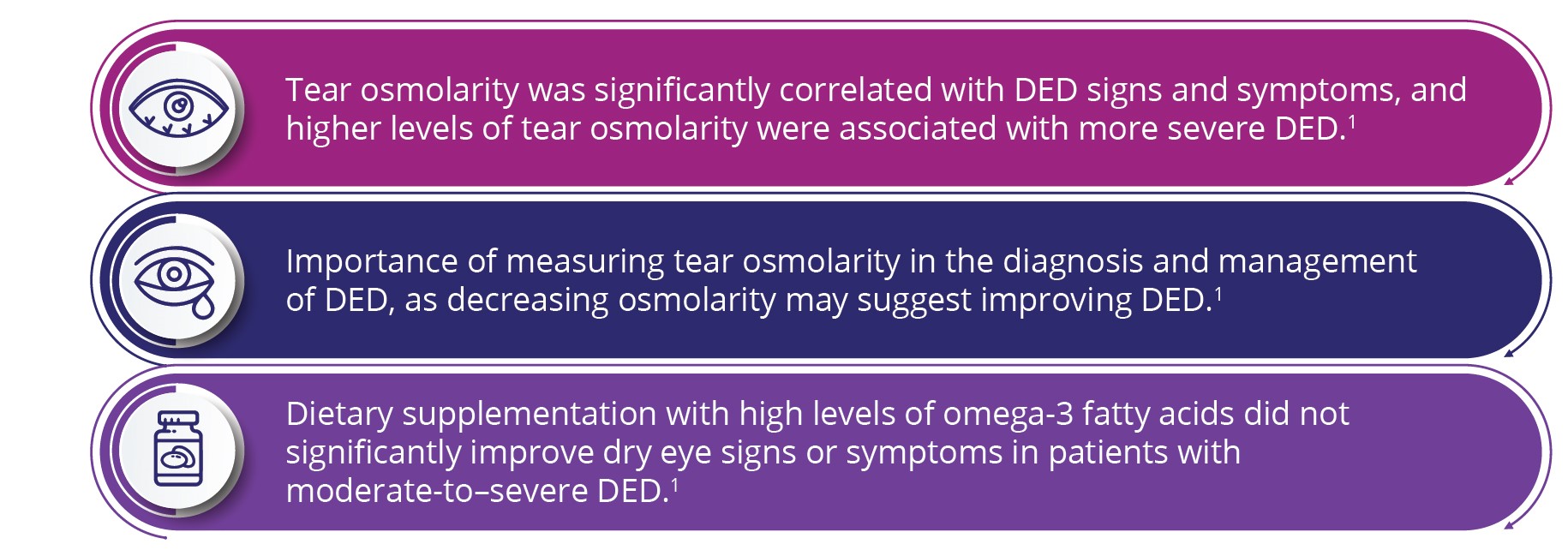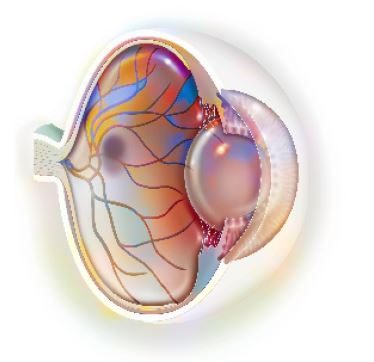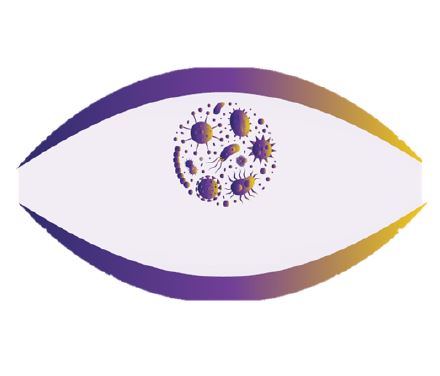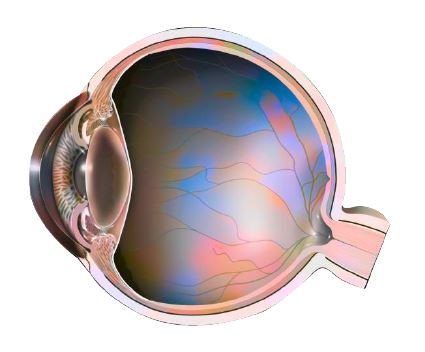OphtaConnect
DREAM study: Tear osmolarity and dry eye disease1
Dry Eye Assessment and Management (DREAM) Study: Tear Osmolarity and Dry Eye Disease1
Tear hyperosmolarity is termed one of the two main mechanisms of dry eye disease (DED) irrespective of cause. Hyperosmolarity has been identified as a cause of ocular surface inflammation and tear film instability. Tear osmolarity is influenced by tear production, evaporation, and drainage, and decreasing osmolarity could potentially improve dry eye disease, as hyperosmolarity is a key mechanism in its pathophysiology.1
A multicentre study was conducted with the hypothesis that dietary supplementation would lead to an improvement in dry eye symptoms and signs.1
Objective:

Methods:
Vital staining: The corneal and conjunctival epithelia of each eye were evaluated for staining using the standard fluorescein strip method, with a standardised post-instillation period for each of the vital stains. Grades for all staining were based on previously described methods and used a scale ranging from 0 to 3 in each of the five zones of the cornea and six zones of the conjunctiva, respectively.1
Schirmer test: All subjects underwent a Type I Schirmer test, where standardised filter paper strips were placed on the distal portion of the tarsal conjunctiva of both eyes after the instillation of proparacaine ophthalmic solution. After five minutes, the portion of the strip wetted by tears was measured and recorded in millimeters.1
Tearfilm breakup time (TBUT) by biomicroscopy: The TBUT was assessed using biomicroscopy, in which fluorescein was instilled and spread evenly over the cornea by blinking. The time between opening the eye and the appearance of the first dark spot or region over the cornea was recorded as the TBUT.1
Non-invasive break-up time: Measurements of non-invasive break-up time, bulbar conjunctival redness, and tear film meniscus height were conducted in each eye.1
Results:


- The DREAM study found that tear osmolarity was only weakly correlated with signs of DED, accounting for less than 5% of the variability in signs. Moreover, changes in tear osmolarity did not correlate with changes in DED signs and symptoms, suggesting a lack of causal relationship. This highlights the need for further research.1

- Greiner JV, Ying GS, Pistilli M, et al. Dry Eye Assessment and Management (DREAM) Study Research Group. Association of tear osmolarity with signs and symptoms of dry eye disease in the Dry Eye Assessment and Management (DREAM) Study. Invest Ophthalmol Vis Sci. 2023;64(1):5. doi:10.1167/iovs.64.1.5. PMID: 36626176
NON-2023-10916 - Date of creation 01/24









